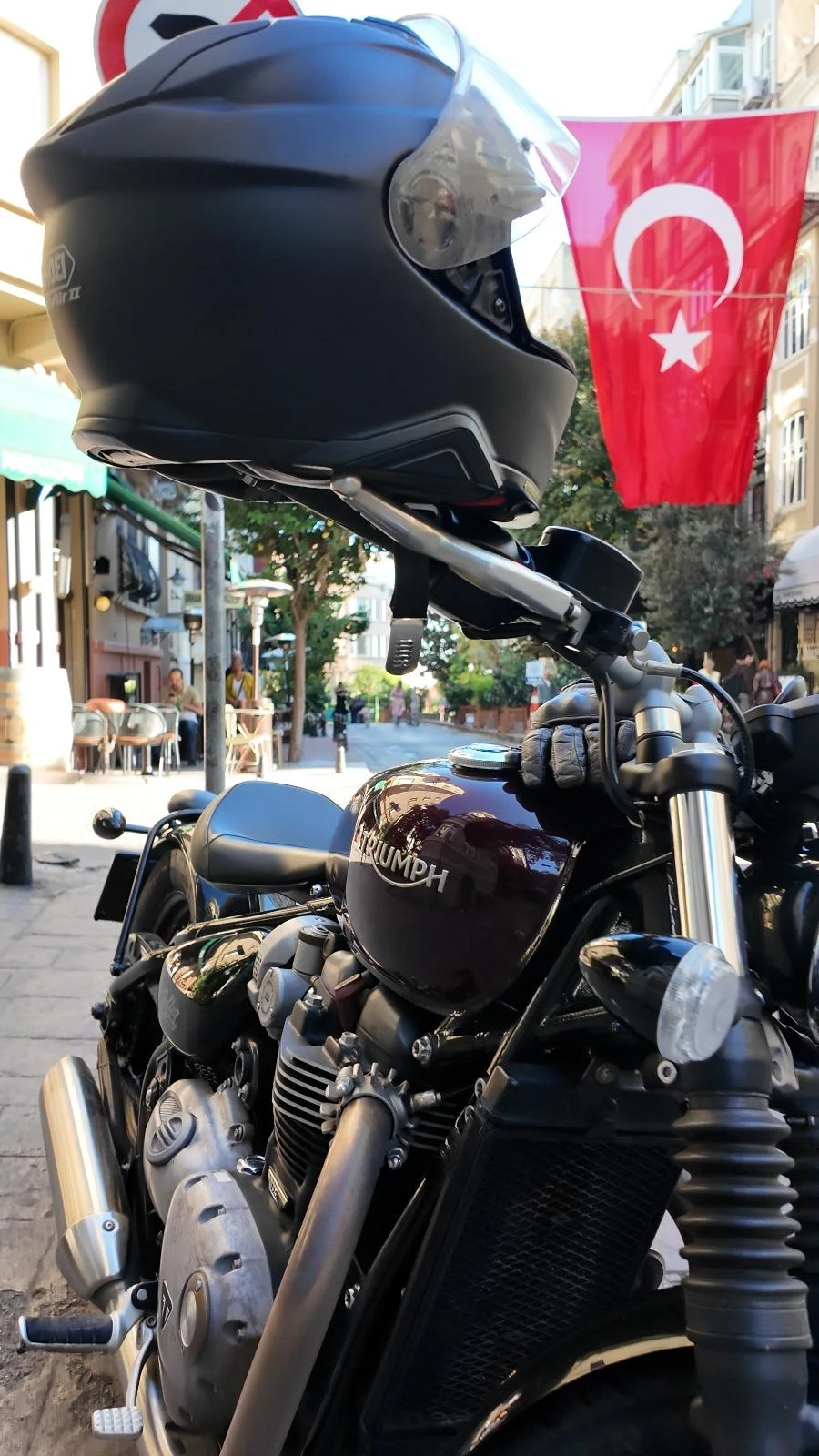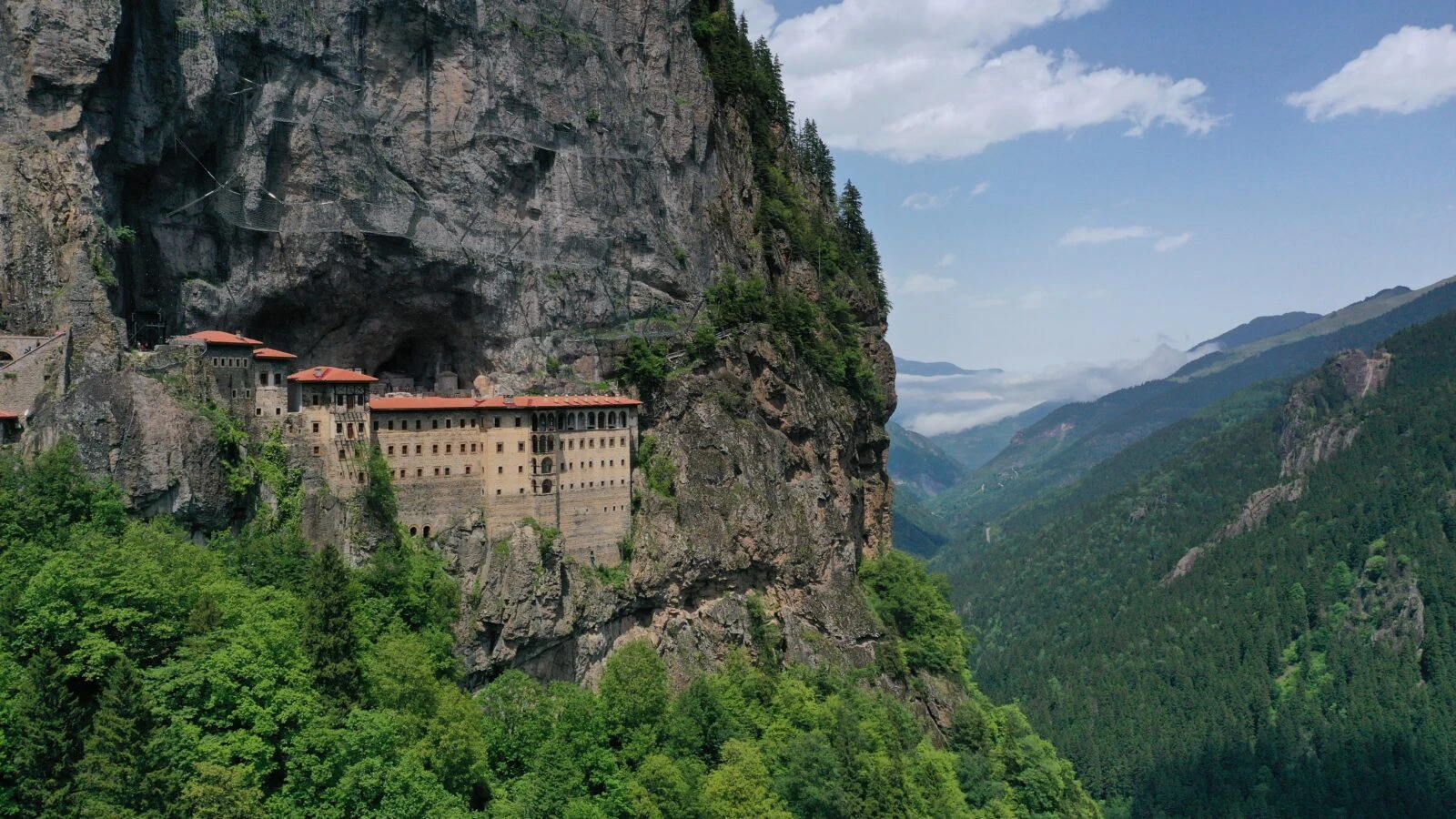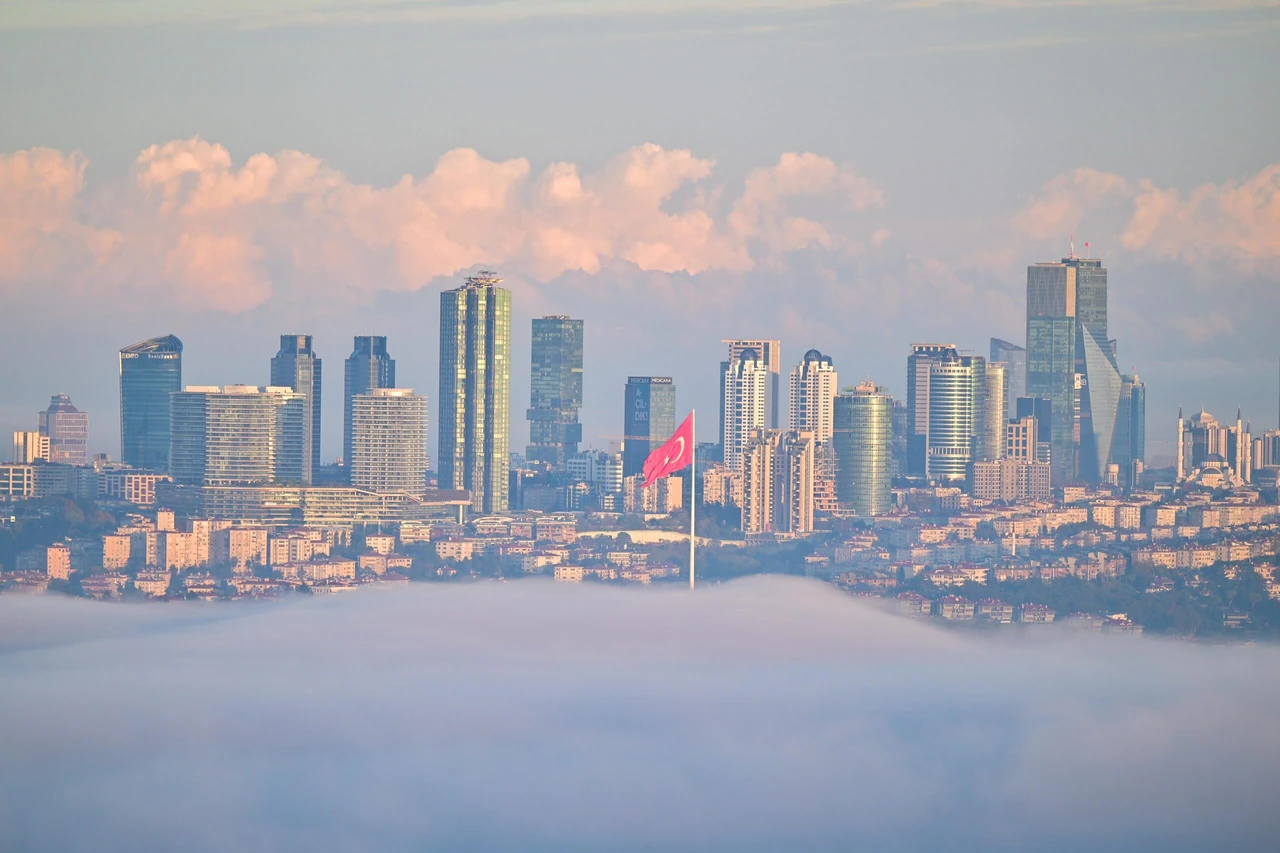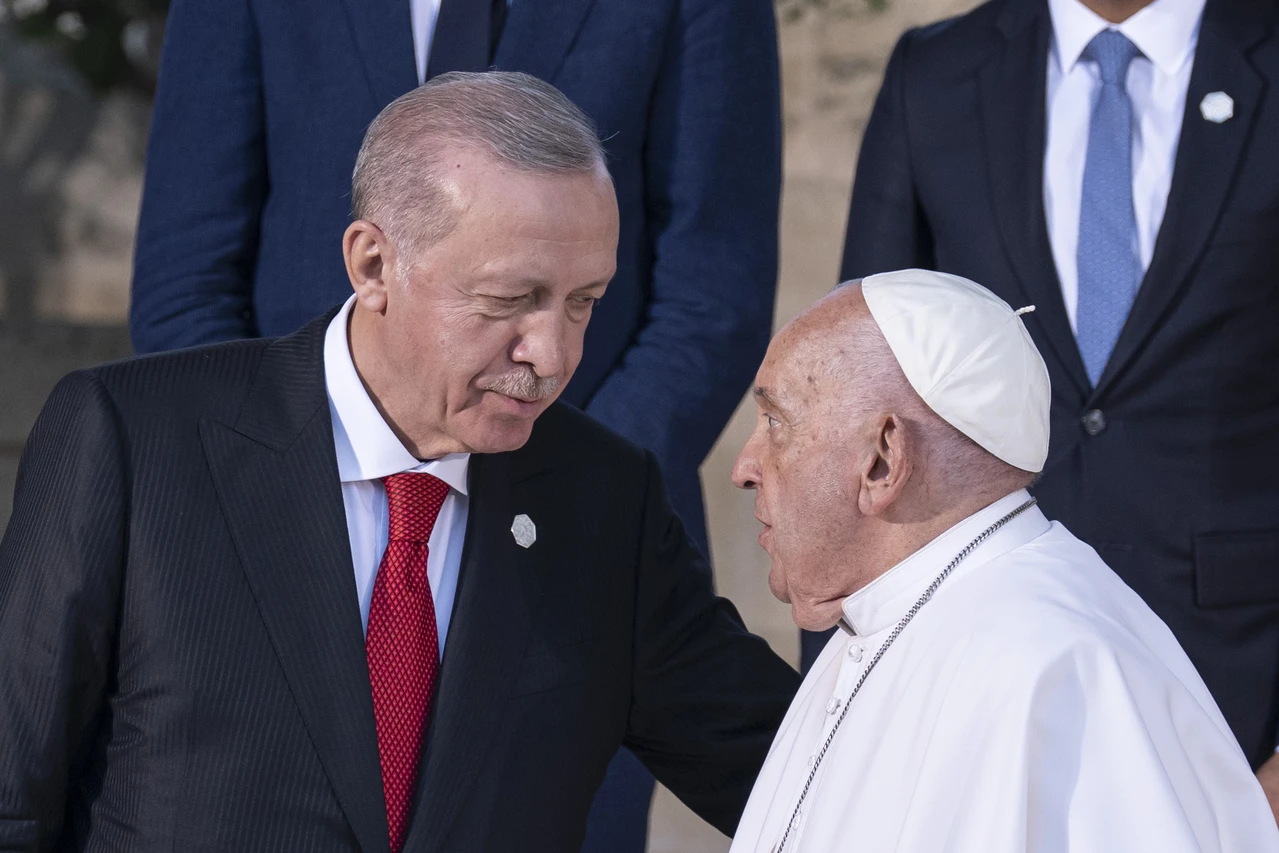Türkiye chopper tours, part III – Black Sea’s Istanbul to Trabzon

Welcome back to Türkiye Chopper Tours for part III (If you missed the previous parts, here are parts I and II ). It’s nearly 4:00 a.m. as I leave the gas station and head south, further away from the Black Sea, toward a small town where I would find this inexpensive little hotel I was told about.
I simply cannot remember the name of the town or hotel where I stayed that night. All I remember was finding it, parking the bike, and walking up some stairs to find locked double glass doors with a white piece of paper taped to the front providing an after-hours phone number. I called the number, and a groggy voice of a young man answered, saying he would be right out.
After paying around ₺150 and checking in, I head toward my room. The hotel is a 3-4 story narrow wood-frame building, with probably a dozen or so rooms. It’s sandwiched between other commercial buildings on a street in the town center.
Climbing an old, creaky set of wooden stairs to the second floor, I finally make it to my room. Unlocking the door, I flip a light switch as waves of relief begin hitting me as I toss my backpack, jacket, and gear onto a spare bed and end table. Completely exhausted, I have a quick stroll through the room, take a hot shower, then climb into what ends up being the softest bed ever that more or less swallows me into an abyss of comfort. The well-worn cotton sheets and pillowcases are freshly washed, no weird odours to deal with, so it’s lights out.
I wake up to the sounds of cleaning staff running a vacuum in the hall. It’s around noon as I sit up in bed and begin scanning the room. The walls and ceiling are covered in clear lacquered, knotted pine panels. The linens and bathroom are clean, that’s all I really care about. The place was easily built in the 1970s, and to me, that adds a lot of old-world charm. It’s all a curious mystery. What kind of people stayed here back then? Why did they come?
After a hot shower, I head downstairs and have a stroll around the main lobby. There is a lounge just off the front desk, which reminds me of the living rooms of some of my relatives back in Istanbul. Giant wood-frame couches, with intricate floral carvings in the headrests, arms, and feet lacquered with a dark Brazilian Cherry stain, fill the room. Again, the walls and ceiling have the same knotted wood panelling. I take a seat, breathing in the smell of old stained wood, as I have flashbacks of the 70s, Turkish men with sideburns, huge moustaches, bell-bottoms, and partially tinted oversized eyeglasses walking about. One man is sitting smoking, reading a newspaper, while kids with bowl-cuts run about.
It’s time to check out and have a nice, long, leisurely lunch. This is one of my favorite parts of travel. In better hotels, it’s the continental breakfast I crave. Conveniently already in the town center, I take a quick stroll and find a two-story building with a cafe running out of the main floor and a restaurant on the upper level.
I always figure a bit of a view when dining makes eating fun. It’s buffet style, hot, home-cooked classic Turkish food menu items, so I grab a bit of everything and sit down. I pick a window seat, and with a view through some tree branches down into a valley, I begin enjoying a micro-slice of heaven on earth. To a lot of people, this isn’t much to smile at, but for me, it’s all about the simplicity, how basic everything is.
Taking my time, I enjoy the atmosphere as I eavesdrop on groups of people sitting at the other tables. With blue-collar workers on a lunch break at one table,a husband and wife duo at another, and a mixed group of young men and women at another table, my focus is more on body language, tone of voice, and less on what they are actually saying. I wrap things up with some tea, pay the check, and head back to the hotel.
At a leisurely pace, I take a few detours as I walk back, exploring the town a bit, peeking into shop windows with the curiosity of a young boy with plenty of time to kill. Before crossing an intersection, I suddenly stop and just gaze at the people around me moving about, focusing on their faces as I try to read into how they feel about being here. Then, for a second or two, I feel like I’m floating a millimeter off the ground while being a visitor from another dimension or time. I snap out of my hypnotic trance and continue walking.
You see, when a biker spends endless hours traveling long distances, the vibrations of the engine often linger in the body long after the ride is over, sometimes causing a ‘floating’ sensation. It is a truly enjoyable, unworldly after-effect of long-haul touring.
Checked out of the hotel and now with all my gear on, sitting on the bike, I hit the starter switch. The low-pitched rumble of an idling 1200cc engine that’s just had a cold start is quite soothing to hear and feel. It’s the not the loud, obnoxious roar and pop of a Harley Davidson. The Triumph is a more tailored gentlemen’s cut, very British in fact.
Leaving the town, approaching the highway heading north back towards the Black Sea, I leave behind the apocalyptic scenes of the flood, coming within meters of the edge of death, and freezing temperatures in the mountains. I’m only a couple of hours from Trabzon, so I hit the throttle and try to make up for my lazy, late start to the day.
As I get closer to Trabzon, the flora begins taking on a South American, jungle-like look. The landscape is far greener and denser, almost tropical. I enter Trabzon just after nightfall. Following the road signs, as usual, I head for the old town center, the “meydan.” I park the bike and walk towards this massive town square of shops, cafes, and restaurants with a huge park in the heart of it. I’ve never really seen anything like it before. There are different levels and tiers, as it is somewhat on a slope. Lush, hearty, thick trees create a canopy over everything. After doing a full perimeter walk and scanning over most of the shops and cafes, I pick out a place that only serves tea and set up temporary base-camp.
After my routine wet wipe down and bathroom break, I place an order for a large cup of tea, then go back and sit down at my table. Not long after, I see a waiter walking in my direction with a single cup of tea on his tray. It’s a large, clear, solid glass cup and saucer, filled with the most ruby, red hot tea you’ve ever laid eyes on.
This is one of the most famous regions for tea in all of Türkiye. In an unblinking ‘tea-trance’, I gaze at the red treasure that has just been placed in front of me. Served with a short plastic stir straw and two individually wrapped white sugar cubes, I open one and stir it into my tea. Drawing the cup to my mouth, I slurp in my first sip. Ahh, it’s tea from heaven, 100% perfect. I’ve never had tea like that again.
Mark my words, God willing, I’ll come back here just for the tea. Over two to three cups of tea, I scan and select a hotel on Google Maps and pack up base camp for a transfer. Before heading for the hotel, I stop for some kebabs and have a proper sit-down meal. I go back and have one last cup of tea for dessert.
There is nothing really to say about the hotel; it was clean and served its purpose. Sleeping in as usual, I push the hotel check-out time to its absolute limit. It’s a 2-star hotel, and the breakfast isn’t anything to stop for, so I check out and head back to the main square for brunch. It’s now lightly raining as I go back to my tea spot. It’s early afternoon, a cloudy day with showers, as I sip my tea and check the weather forecast. I can see there is fairly heavy rain pretty much every day for the rest of the week. This immediately hampers any plans of going as far as Rize or further out to the Georgian border. I’ll have to choose one iconic thing to visit here, stay another night, then start heading back to Istanbul.
The Sumela Monastery is by far the most iconic thing to visit while in the region. The Greek Orthodox monastery, built in A.D. 389, is perched on the edge of a mountain cliff at 3,900 feet, with the original chapel carved directly into the rock face. If there is one thing you do when in Trabzon, it’s visiting this place. So I pack up, get on the bike and it’s off to the monastery. It’s about a 1-1.5 hour drive directly south of Trabzon.

The roads are getting more scenic and awe-inspiring as I head south. Winding around hairpin turns with walls of mountain rock to one side, it feels like I’m filming a commercial for Triumph, or a chase scene in a Bond movie. The scenery is so unreal I find myself stopping a few times to take pictures (images transferred to my computer that were later lost in a hard drive crash).
As I get closer to the monastery, I pass a bus stop with a row of small buses lined up. I see a few tourists getting on as bus drivers are outside smoking, talking amongst themselves. The roads are slick, getting steeper, and some parts muddy and unpaved. I realize now what the buses are for. I turn around and go back, find a parking spot near the bus stop, and begin walking towards the group of drivers.
Turns out, for ₺50, these buses go up and back the near 45-degree incline the rest of the way to the monastery. I pick a Mercedes bus, take the roomy passenger seat next to the driver, and relax. It’s the best seat in the house with the widest view. Soon enough, international tourists and locals fill the seats, the driver starts the diesel engine, and we pull out.
It’s cold and raining, so the driver switches on the windshield defroster as all the breathing going on starts fogging up the windows. There is no way I could continue touring eastward in this kind of weather. Clearly, turning back to Istanbul after this is the most logical next step. The driver is climbing this narrow mountain road at an incredible speed, taking corners without hesitation; it’s obvious he’s done this a thousand times before.
The way down will certainly be far more unnerving. We get as far as we can go, as I see a line of buses parked on the left-hand side of the road. The driver parks behind the last bus, and everyone gets off.

I can see ahead that tourists have crowded around some kind of viewpoint, taking selfies, posing for pictures with family and friends. It’s a cliff side that looks up across the way at a breath-taking view of the monastery above, which isn’t so far away anymore. Just past the viewpoint is a very long set of multi-tiered stone stairs leading up to the monastery itself. I begin climbing the stairs, finding loads of people already en route.
Partway up, on a bench, are two Turkish middle-aged men busking, singing, and playing a musical instrument. I pass an overweight man, leaning against the railing , trying to catch his breath. The rain starts getting heavier, and there was a wet mist about. Finally, I reach an open area, renovated with new stone benches and a visitor’s center. Entry was around ₺100, and after paying, there is one last set of narrow stone stairs leading directly into the monastery.
After climbing the last set of stairs and going through some temporary construction tunnels, I come to an open balcony overlooking the Sumela Monastery, which is now just a few steps in front of me. A clean mist and light rain envelope you as your jaw drops in awe. To one side are clouds gently hovering about, and to the other, the mountain rock face above the monastery, which continues up and disappears in the clouds. Rain is trickling down the rock walls, a heavy mist continuously surrounds you, and a structure made by Christian monks only a few hundred years after the death of the Prophet Jesus is just a few feet away. Words cannot come close to the photos I took, so here they are…
Well, that’s it for part III. It’s time to head back to Istanbul for the final chapter of this Black Sea series. To get there, we explore a different, more inland route and stumble upon an enchanting town that honestly made me feel like I wasn’t in Türkiye anymore.
Stay tuned for more awe-inspiring images, this time of a civilization at least a century older than the monastery, as we survey the solid-rock tombs of Pontic Kings, carved directly into one side of a mountain face.



